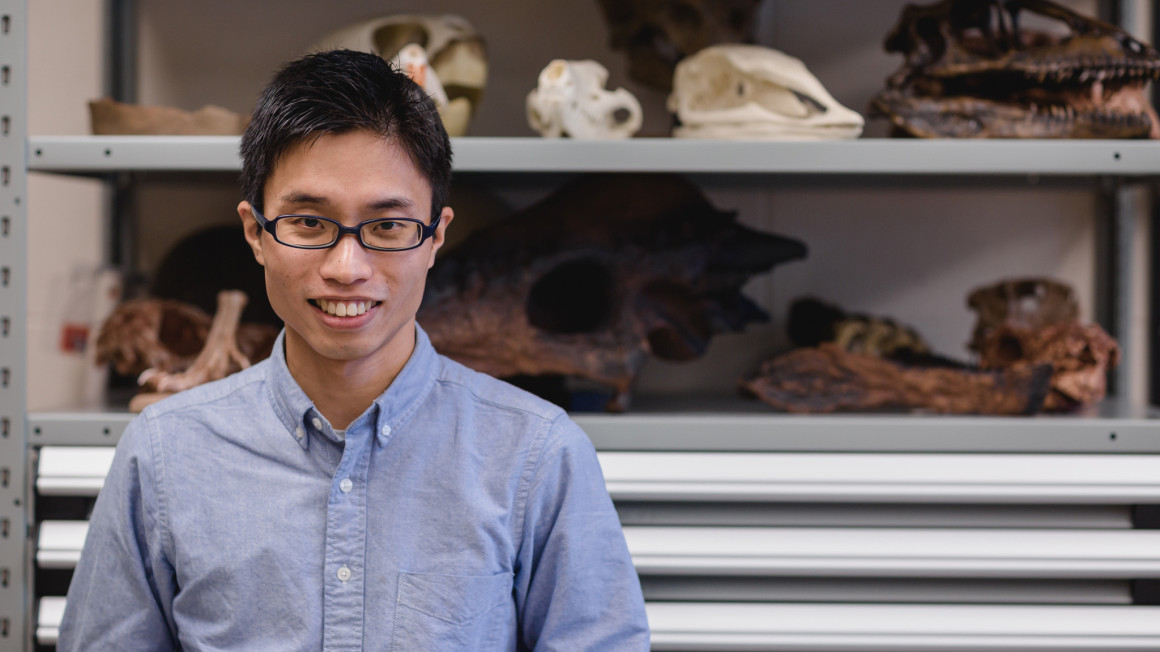
Ph.D student makes dino discovery
By Hayden McBennett, November 20 2014 —
University of Calgary Ph.D student Kohei Tanaka recently made a breakthrough in the study of dinosaur nesting habits.
Paleontologists have long wondered whether oviraptorosaurs — feathered, ostrich-like dinosaurs whose name means “egg thief lizards” — buried or nested the eggs. It was believed the eggs were buried since the weight of a dinosaur would crush them.
However, Tanaka’s findings show that by forming a circle with the eggs, the oviraptorosaurs were able to keep them warm while distributing their weight.
“To me it’s a big mystery how big dinosaurs incubated their eggs. What factors constrained their behaviour? In modern species we don’t have many examples because dinosaurs are way bigger,” Tanaka said.
By studying the porosity, strength and structure of the eggs, Tanaka determined that the eggs were nested, similar to birds, not buried like a crocodile’s.
“When I found this, I was so surprised. Now we know some of the nesting behaviours of dinosaurs, but we’re still missing lots of information,” Tanaka said.
Kohei presented his findings at the Society of Vertebrate Palaeontology Conference (SVPC) in Berlin.
“I was super nervous, but this is a project that nobody has done anything related to. So it was an opportunity to give this presentation to palaeontologists around the world,” Tanaka said.
The U of C will co-host SVPC with the Royal Tyrrell Museum in Calgary in 2017. The conference features hundreds of speakers who study all areas of vertebrate palaeontology.
“It’s really exciting, it’s an ideal location, and we’re extremely close to the badlands, Drumheller and Dinosaur Provincial Park,” Tanaka said.
